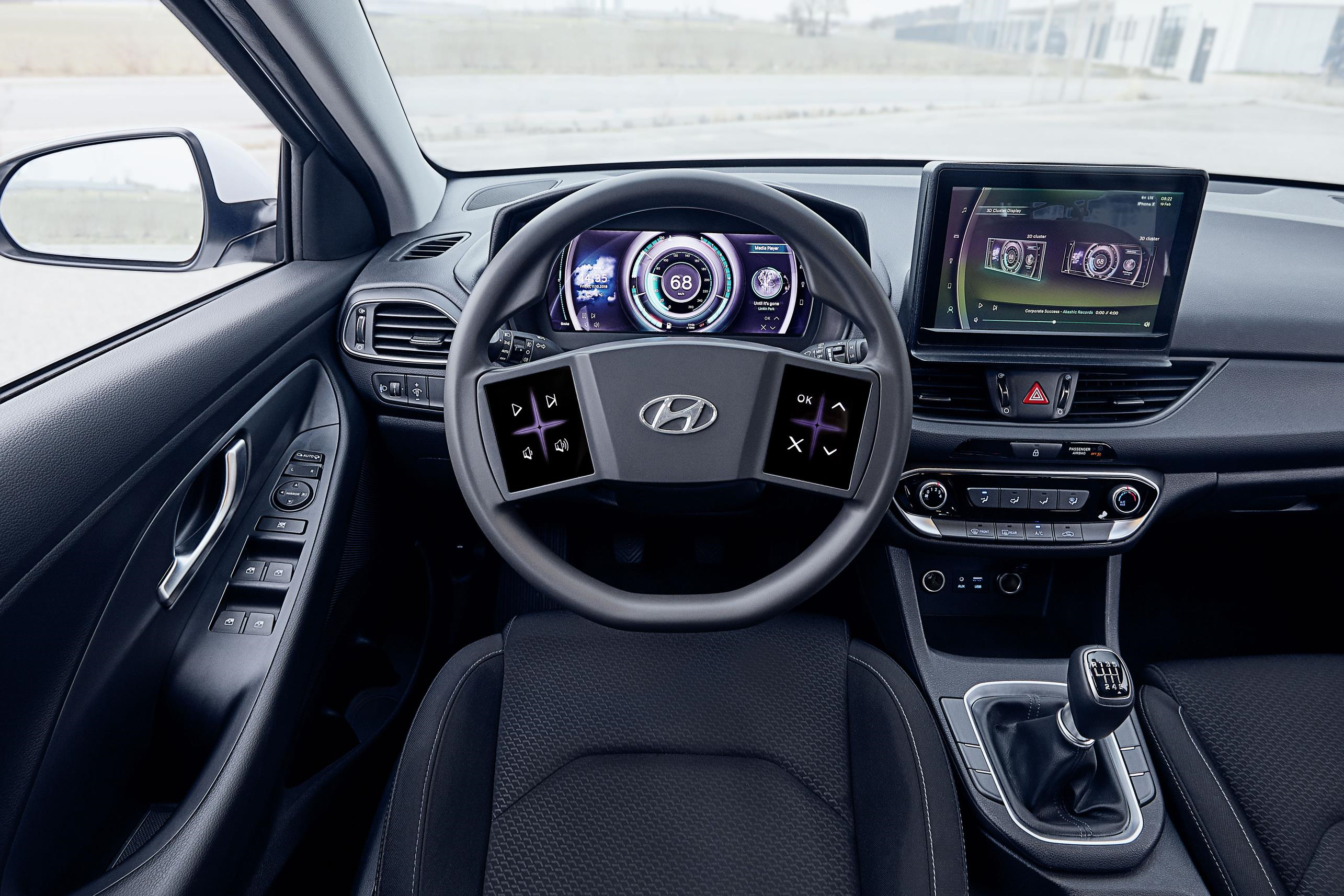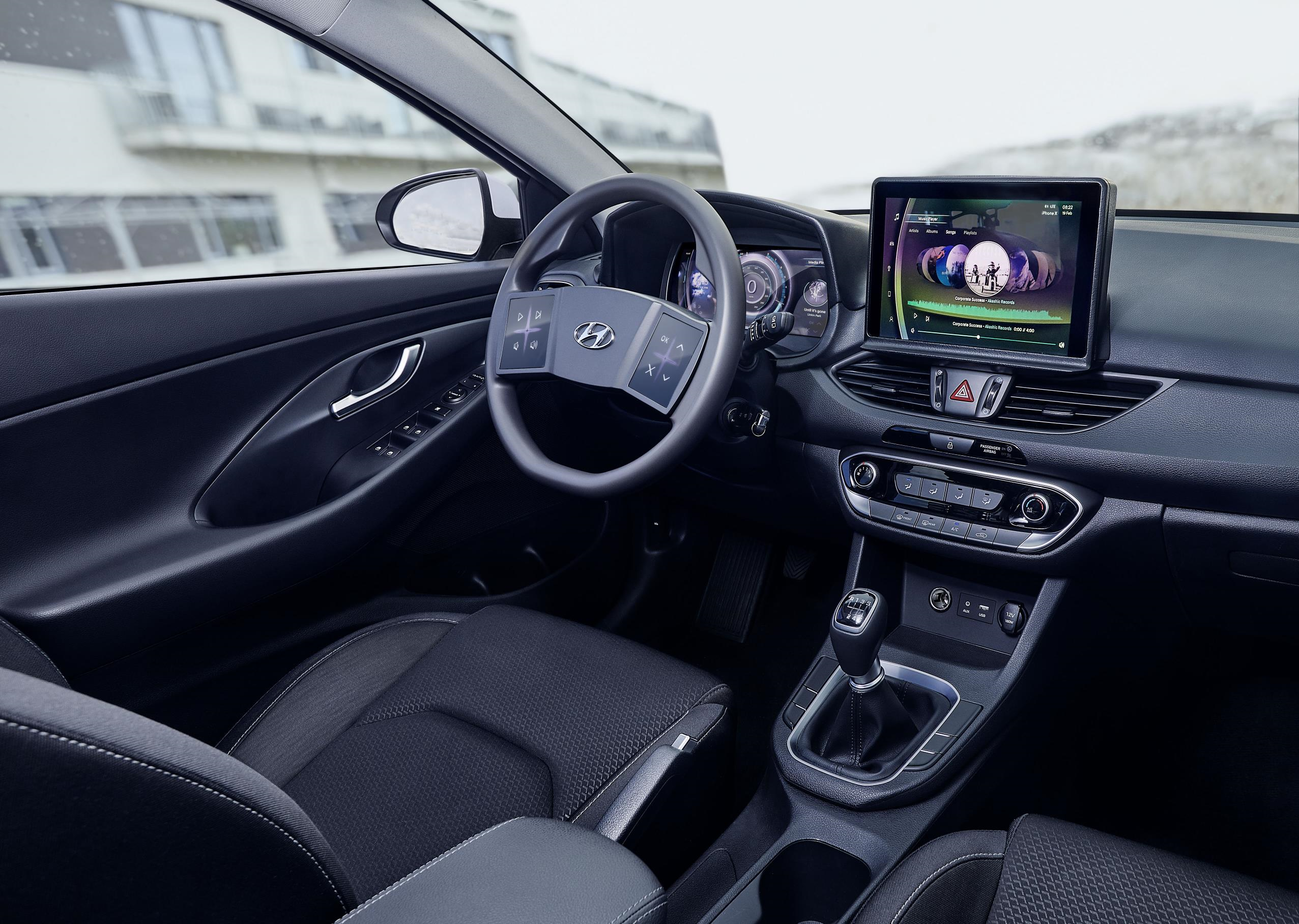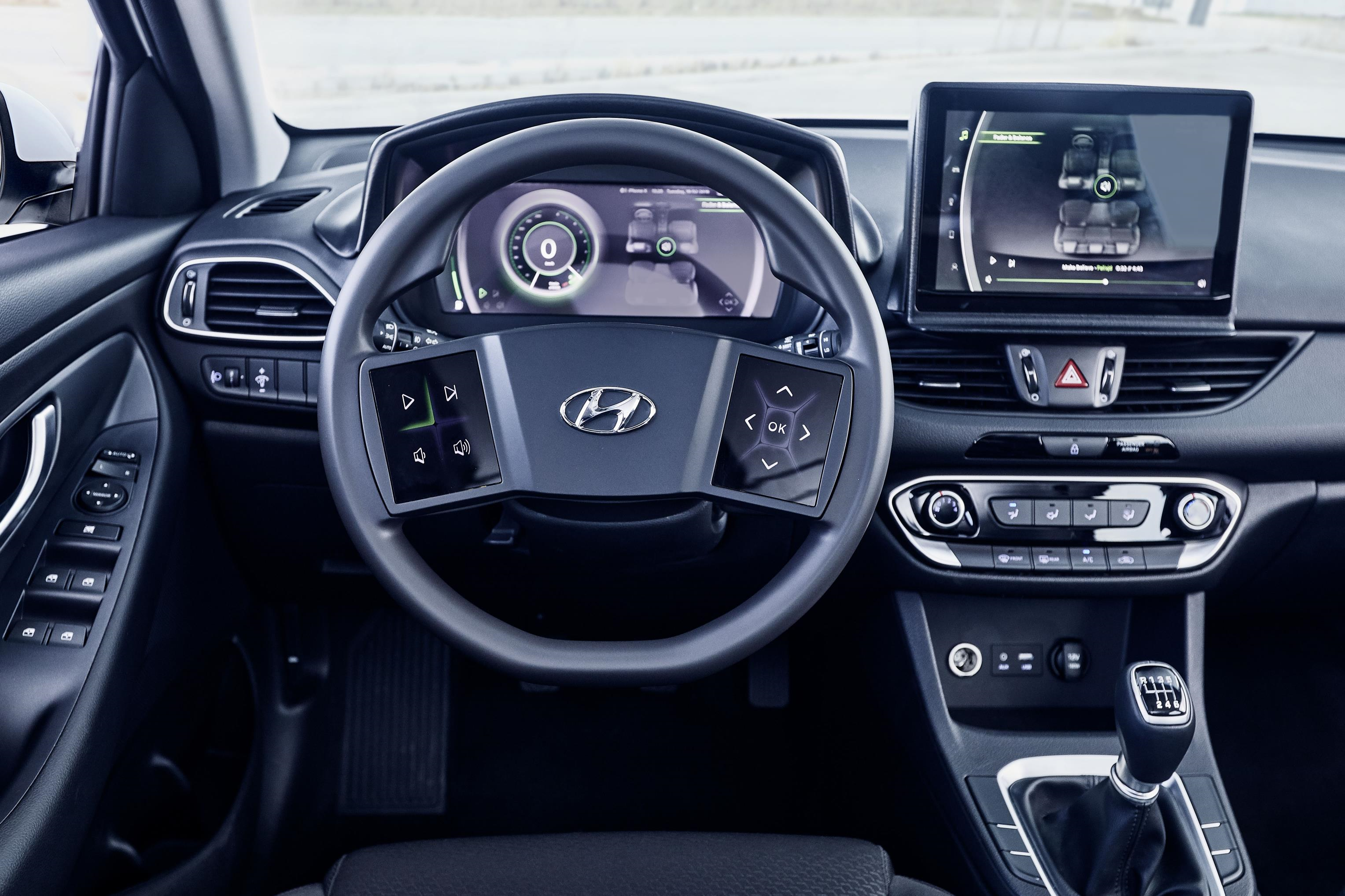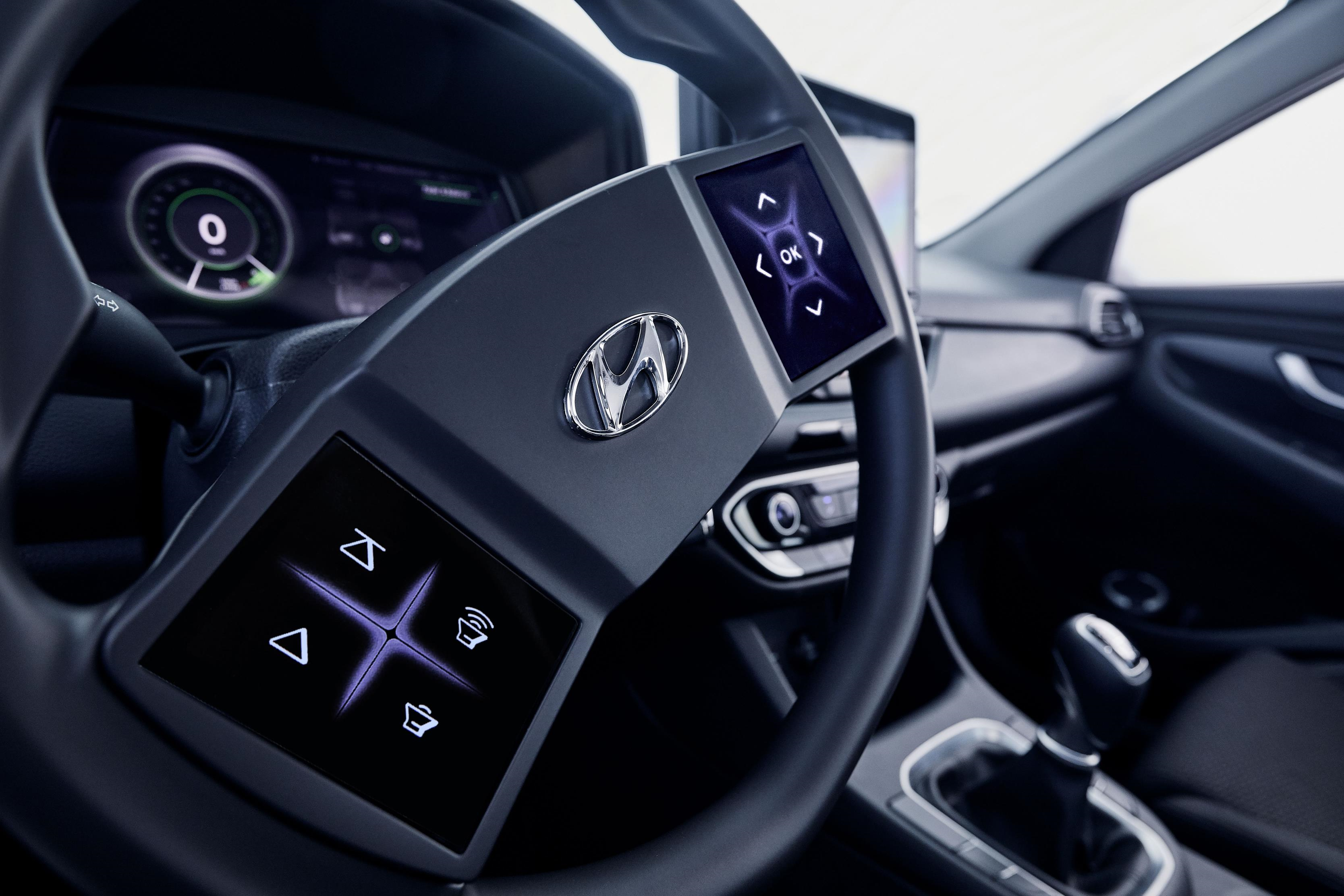Firstly, I need to define HMI, which is the Human-Machine Interface that is said to make car dashboards more intuitive and user-friendly. Confronted by masses of information, from start-up to switching-off, it is easy to understand why some drivers create problems for themselves, other road-users and their vehicles too.

Since 2015, there have been four significant project phases in the development of cockpits at Hyundai. An evaluation of the firm’s hardware, as well as that of competitors, showed a broad variety and a substantial number of buttons. Hyundai’s target was to reduce this number and create a cleaner interface.

In the 2016 project phase, Hyundai went a step further by replacing all hard keys with touchpads. Both clarity and flexibility increased. The 2017 development phase introduced customisable flexibility. In 2018, Hyundai focused on haptic feedback, via the steering wheel, none of which developments have yet made volume production. Hyundai’s proposition features a steering wheel equipped with two displays that are larger and ergonomically adjusted, with adaptable ‘buttons’ on either side of the cross-spokes.
In the latest development stage, the instrument cluster was changed to a multi-layer display. It allows a natural method of attention control, using visual 3D effects, with one part of the graphic shown on the front display and the other part on a rear display. Information indicated on the steering wheel displays changes according to the instrument cluster menu level and also by reacting to the driving situation.

The driver can change the layout and the displayed ‘shortcuts’ tailored to his or her individual needs. Unsurprisingly, it is not dissimilar to the layout of a smartphone. For the latest phase, the 2018 steering wheel has been integrated into a i30 model.

Recently, Hyundai conducted a driver distraction study, with the Würzburg Institute for Traffic Science, to evaluate the usability of the latest innovations while driving. Research deals with learnability, intuition and potential driver distraction of the virtual cockpit. Even in more complex use cases, all human ‘guinea-pigs’ indicated only minor distractions, which was perceived by them as noticeable but not as strenuous or interfering with the driving task. In addition, participants of the study praised the attractive design, the visual and haptic feedback and the reduced and intuitive structure of the prototype.

Freely configurable steering wheel displays enhance flexibility and can be readily adapted to fit several vehicle models and segments. At this point, Hyundai is still in the early prototype phase of the new virtual cockpit. However, it is an important milestone and the virtual cockpit offers a platform for exciting new features as the technology continues to evolve. The end of the road is not yet in sight but Hyundai will use the results of the current clinic and integrate them into its future development plans.